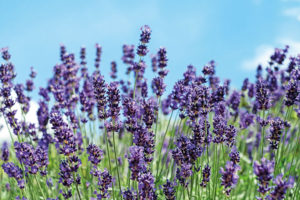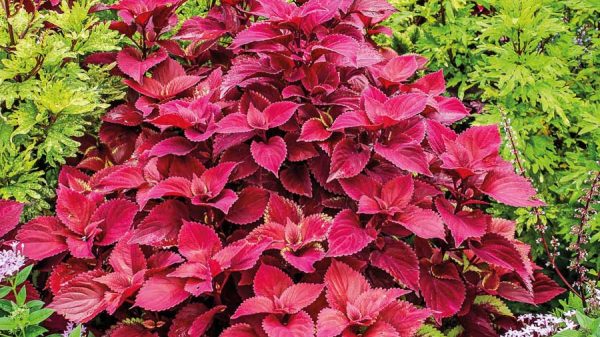August is a month for sunny days and relaxing times and there is no better place to chill out than in the garden. If you managed to complete all the spring pruning and weeding followed by the early summer tidying and dead-heading you should now be enjoying the fruits of your efforts.
If on the other hand your garden has been troublsome and is a little overgrown don’t despair, there is always another year. Select the sunniest area in your garden and cut the grass down in an area big enough to position your favourite garden chair, pour yourself a large drink of your favourite tipple and settle down for a relaxing couple of hours. Gardens are energising places and don’t have to be immaculately manicured to be enjoyed, just take your time. It’s more important to ponder your thoughts and to not be too hasty. I find that I only really know what I want if I have had time to work it out, why oh why has life become so hectic?
By their very nature the jobs for this month do not involve heavy strenuous work, moreover they are times to potter around, meandering amongst your beds and taking note of jobs for another day. It’s a great time to try your hand at propagation, taking a few cuttings of your favourite plants, you know the ones you would like more of. The easiest way I find is to sort out your pots and compost, most cuttings are about three to four inches long so a 4” (10cm) pot should be fine, mix a compost comprising of 50% John Innes and 50% soilless. to each bucket full add four 4” pot fulls of horticultural grit of two pot fulls of Pearlite. Mix together well and fill your pots right to the top, don’t firm them just tap the pot on the bench and the compost should settle down about 1/4 inch ( 25mm). I use clear plastic bags as a propagator, the ones with the zip top are great, they should be large enough for you to be able to lower the pot into, leaving about 6 – 8” (15 – 20cm) above the pot when the top is zipped. this will make a mini greenhouse and will keep the water in the pot/bag rather than over the windowsill.

Now it’s time to go collecting cuttings, take a large plastic bag and wander around the garden selecting your favourite plant, the following are just examples of those you can propagate now, Lavender, Sage, Box, Berberis, Hebe,Viburnum, Magnolia and Ceanothus to name but a few. Select a shoot that has grown this year, removing them just below a leaf joint about 4 – 6″ (10-15cm) long. Place them straight into the polythene bag to stop them wilting. I usually collect from one plant at a time and put them in the pots before moving on to the next one. Preparing the cutting for insertion is straight forward, remove the lower leaves with a sharp knife, leaving two pairs at the top. Dip in rooting powder or gel and gently slide the cutting into the edge of the pot, so that one side is touching compost the other the pot. Firm very gently by pressing the compost towards the cutting. There should be enough space for three or four cuttings in each pot, water and place in the bag, zip the top and place on a warm windowsill out of direct sunlight. Keep an eye on the cuttings, opening the top daily after about two weeks. If the compost looks dry water carefully, or spray with clean water. The cuttings should root in about six weeks, small white roots should be emerging from the bottom of the pot, then its time to pot them up in a good general purpose compost, Grow them on in a cold frame or unheated geenhouse until next spring, then plant them out in the garden.
Many of our garden annuals and perennials are setting seed now, and it is an ideal time to start collecting them, unlike cuttings don’t use a plastic bag, envelopes or paper bags are best as the seed should remain dry prior to sowing in autumn or early spring. Store in a cool dry place until you are ready to start them off.
Water containers, they can dry out very quickly especially if they are crammed with seasonal bedding plants. In hot sunny weather it is not unusual for them to need watering twice per day. Feed once per week with a general liquid fertilizer, and don’t forget to remove fading flowers as this will prolong the show.
It is a great time to trim herbs, removing about 4” (10cm) of growth, tie them into small bunches and hang them up to dry, I use an old piece of washing line stretched across the beams in my shed. I pinch a few pegs from the washing line and peg the bunches on the line, they should be dry after about four weeks, rub gently to break them up and place them in an airtight container for use later.
Next Month, Sowing seeds of perennials, Autumn lawn care and start to tidy borders.
Happy Gardening,
Martin







